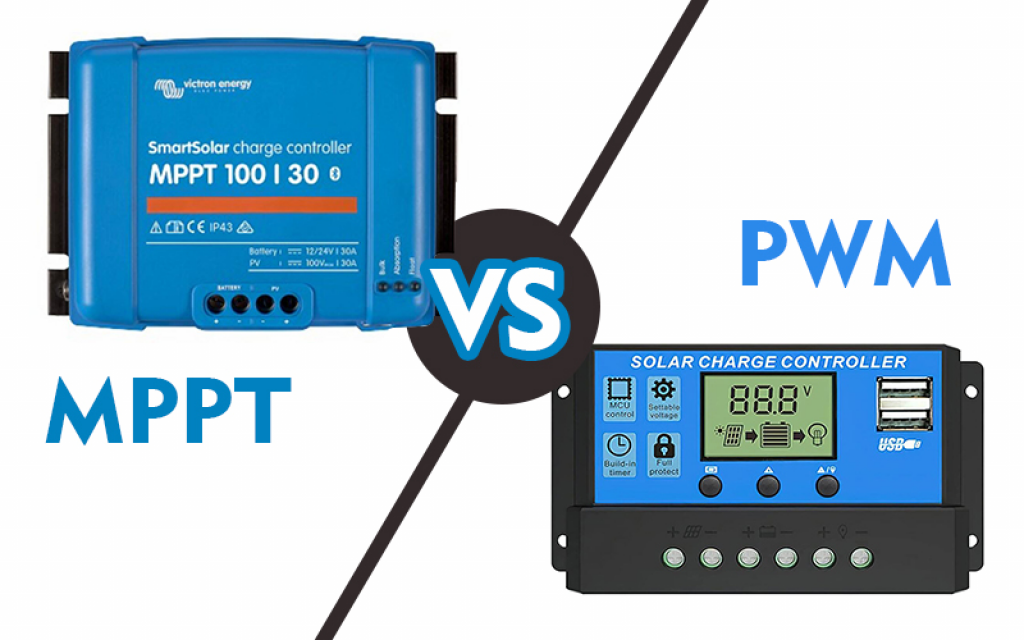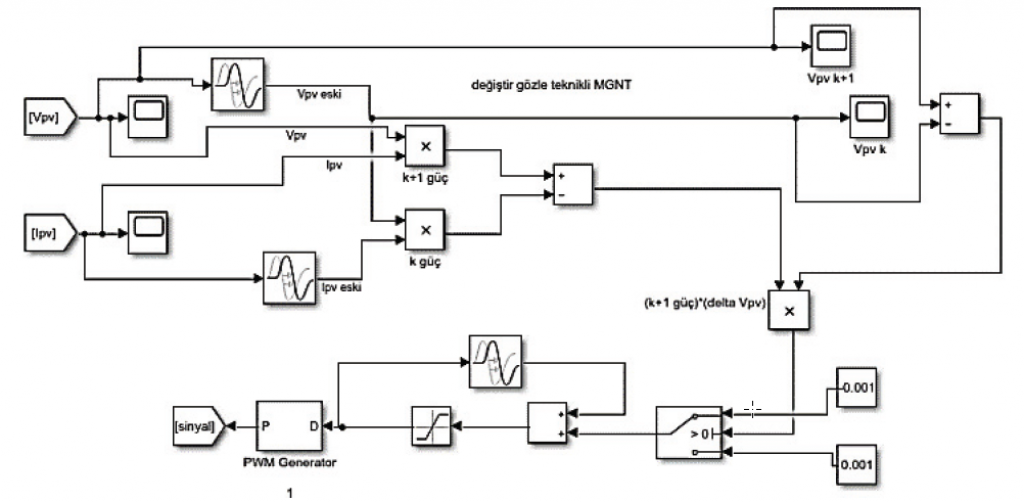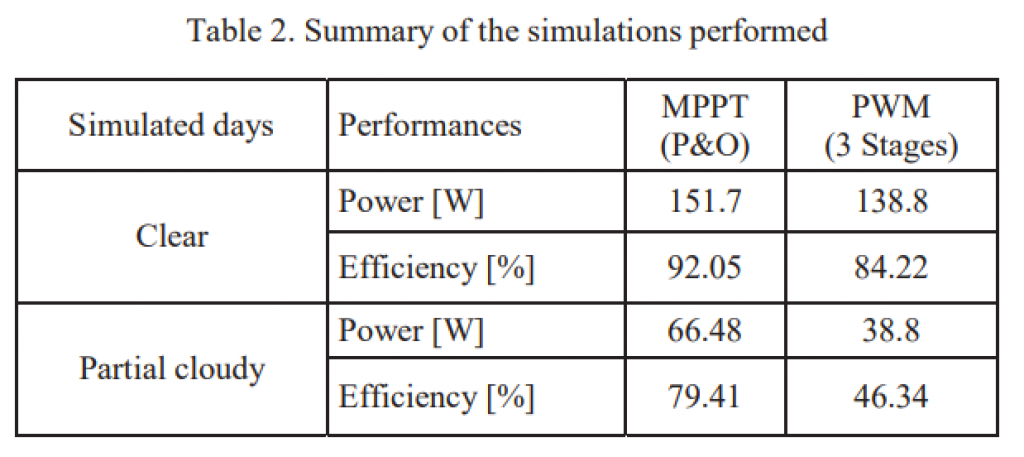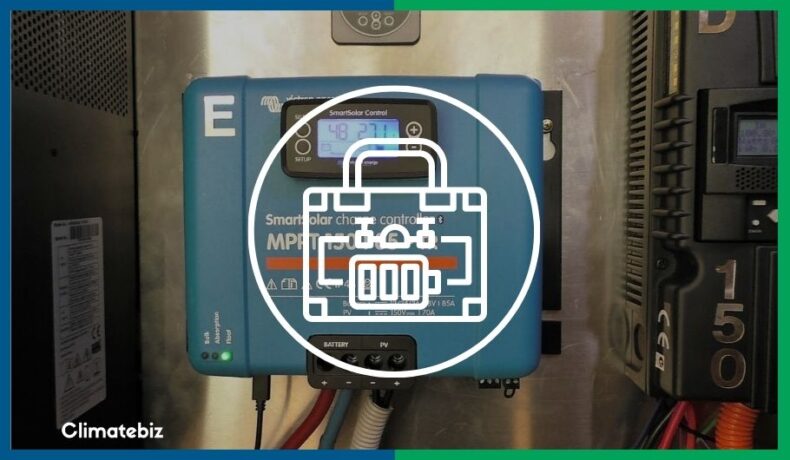The recent debate on MPPT vs. PWM charge controllers is a sign that electricity consumers are becoming more conscious of where their electricity comes from and the efficiency of their residential solar panel systems.
This does not surprise us anymore, given the volume of queries we are getting surrounding green technology, specifically renewable energy (RE), in recent years.
Before we proceed with the nitty-gritty about MPPT vs. PWM, you must understand that buying into small-scale PV systems such as a 5kW solar panel system is still the most effective way to reduce your carbon footprint.
However, we understand that optimizing your solar setup by picking the most appropriate charge controller does move the needle a bit in the economic aspect.
With that being said, here is our main take about MPPT vs. PWM:
Most experts in the green energy space will agree that MPPT controllers are the better choice for “larger” PV systems located in colder, cloudier environments. They are about three times expensive as PWM charge controllers and have shorter lifespans since they have more components. On the other hand, PWM charge controllers are best suited for small systems in warm (about 800 watts or less), sunny areas for PV owners who aren’t bothered with suboptimal solar efficiency.
We have designed this article to go deep into the operating principles of MPPT vs. PWM.
However, this might not be for everybody. Feel free to skip the next section onto the recommendations part, where we provide you insights and guidance on how to choose your charge controller.
Table of Contents
MPPT Vs. PWM — What Are The Differences?
The main difference between MPPT Vs. PWM is highly technical. It lies deep within their operating algorithms — a fancy way to describe how they charge and protect your battery and other equipment.

Source: Garnde.com
Let’s get a tad bit technical and give you some keywords to look up if you’re interested in going down the charge controller rabbit hole:
Most MPPT controllers use the Perturb & Observe (P&O) method when charging batteries from an operation principle perspective. On the other hand, common PWMs implement the Three-Stage Charging Technique (TSCT), which manipulates the current and voltage inputs.
The TSC and P&O techniques working principles are based on constantly changing the power value depending on the state of charge of your battery. However, they mainly differ on the amount of control they can do (in terms of voltage, current, and power) in exchange for complexity.
To appreciate this some more, let’s look at charge controllers found in the residential sector, then gradually introduce the two (2) main charging methods.
When PV Owners Begin Optimizing
When experienced solar panel system owners like yourself begin nitpicking parts of your PV system, you’ll probably develop a simple schematic containing the general parts.
These may include PV panels, energy storage units, inverters, wires mounts, and charge controllers.
It’s only natural that some of you might get curious if your unit type suits your setup well.
Questions That Come To Mind
Some questions that come into mind may include:
- “Should I get the static solar mounts or sun-tracking solar panels?”
- “Should I just get a 500-watt solar panel? is that even applicable to a residential home? or should I just learn how to wire 100-watt solar panels in series instead? “
- “If I decide to wire the panels myself, what wire size will I need? Is reading a wire gauge chart difficult?”
- “Energy storage units are expensive. Do I really need one if I am going with an off-grid cabin setup?
- “Which charge controller is better for my situation? MPPT or PWM?”
Solar Charge Controllers Mainly Act As A Protection Device
Note that charge controllers mainly execute charging techniques that control your battery’s current and voltage input.
These control algorithms enable your charge controllers to act as an overload/underload protection device to your battery and your other equipment.
In effect, this protection feature through regulation ensures the longevity of your battery and other PV system components.
Overload Protection
This is the primary function of a charge controller. However, keep in mind that overloading your battery is different from overcharging it.
Overloading means that the current flowing into your batteries is beyond what the energy storage unit can handle. If left unchecked, overloading can lead to overheating and fires. Charge controllers prevent these from happening.
On the other hand, overcharging a battery means continuously charging it even after reaching full capacity. Usually, modern energy storage units utilizing Lithium-Ion have built-in battery management systems to deal with this problem.
Reverse Current And Low Voltage Protection
Besides protecting batteries, charge controllers act as valves in PV systems by preventing “backflow” of current from the battery to solar panels and other connected devices.
It also senses if the voltage level of the system is inadequate. When this happens, it will automatically disconnect non-critical loads from the battery.
Now, the big question is: How good are MPPTs and PWMs when it comes to regulating current, voltage, and power?
PWM Charge Control Techniques
In general, there are three charging techniques used for PWM controllers.
- Constant Current Technique;
- Constant Current-Constant Voltage Technique;
- TSCT.
Each technique varies in complexity and efficacy. As some of you might have guessed, the most complex technique is the most effective.
| Technique | Constant Current | Constant Current-Constant Voltage | Three-Stage Charging |
| Complexity | Simple | Complex | Highly Complex |
| Efficacy | Low | Medium | High |
That is why most PWM controllers nowadays implement the TSCT. It will also be the algorithm we will compare with the MPPT P&O charging method.
MPPT Charge Control Techniques
Conversely, MPPT controllers utilize a more sophisticated charging algorithm than PWM. We have included images of the P&O and TSCT algorithms below to drive this point home.
It doesn’t take a seasoned engineer to know which picture gives you a bigger headache at first glance.

Source: IEEEXplore.com.

Source: IEEEXplore.com.
The feature that sets MPPT apart from the PWM is charge efficiency. Most MPPT controllers use the Perturb & Observe (P&O) method when charging batteries.
MPPT P&O algorithm automatically adjusts the input voltage to acquire maximum power from the solar panels.
MPPT Vs. PWM — Efficiency Comparison
A study conducted by Yilmaz and his colleagues concluded that MPPT controllers are 8% more efficient than PWM charge controllers on a clear sunny day.
Funny enough, the value of MPPT controllers truly shines on cloudy days. It was shown that the MPPTs are 33% more efficient than PWM controllers on dull days with varying irradiance.

Source: IEEEXplore.com.
MPPT Vs. PWM — Cost Comparison
Here’s the kicker before you jump onto the MPPT bandwagon. The study also mentioned that MPPTs are approximately three times more expensive than PWM. These figures check out. There are even instances where MPPT controllers are ten times the price of a PWM. Yikes!
MPPT Vs. PWM — Which Is better?
So how can you determine which controller is better for your situation? Here is our general recommendation for typical cases:
Case 1:
For residential peeps who already bought their 60-cell solar panels that will be used in a 12V or 24V system, MPPT is where we’ll bet our lunch money.
Case 2:
We recommend starting off with a PWM charge controller if you’re still testing the waters with 100-watt solar panels.
Case 3:
If you still haven’t bought anything, the primary decision point is the amount of irradiance in your geographic area.
Cold or cloudy areas such as the U.K., Canada, and Northeastern states in the U.S. are better off with MPPTs to maximize their solar charging efficiency.
Sunny areas such as South Africa, Southwestern U.S. states, and Australia will do fine with PWM controllers.
In addition to those guidelines, our buddy Romain Metaye (Ph.D.) provides other essential specifications you need to consider when sizing your charge controller to ensure it is compatible with your PV system design.
There you have it! A full article on MPPT vs. PWM with bonus guidelines from our other experts. If you want a summary of the pros and cons of each controller type, here is our rundown.
What Are The Advantages & Disadvantages of a MPPT Charge Controller?
Pros:
- Higher efficiency (8% up 33% better).
- Best for large systems.
- Best for cold or cloudy places.
Cons:
- Expensive than PWM controllers.
- Shorter lifespan but comes with a longer warranty.
What Are The Advantages & Disadvantages Of A PWM Charge Controller?
Pros:
- Cheaper than MPPT controllers.
- Best for smaller systems (about less than 800 watts).
- Best value for sunny areas.
- More durable than MPPT controllers.
Cons:
- Less Efficient than MPPT controllers.
- Limited operating.
Final Thoughts
To recap: solar charge controllers are a vital consideration for optimizing your solar harvest and simultaneously protecting your battery.
Choosing between MPPT and PWM controllers is mainly a matter of system size, climate conditions, and your energy needs (higher energy needs may mean more battery storage requirements).
Without a doubt, MPPT is the clear winner in maximizing battery charging, but it comes with a high price tag. Therefore, you must keep in mind the discussions we did in this article.
Cheatsheet
As a bonus, here is a visual cheatsheet we found online. It’s consistent with our recommendations above but includes the decision-making guide for 48V systems or 36-cell panels.
They are excellent add-on information but rarely found in a residential setting. Take note that residential homes usually use 60-cell solar panels while commercial buildings utilize the 72-cell variety.


